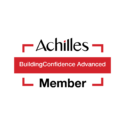Innovative Temporary Works
Innovative Temporary Works
From shallow wading access to high-capacity temporary dams and access systems, Kaymac has the knowledge and experience in controlling water flows in coastal and fluvial environments. We work with the natural environment to ensure safe access for construction underwater. We undertake all aspects of the project, from permitting, detailed design, fabrication, installation and removal of the temporary works system fish rescue (if required), Pumping and De-watering. We work with our transport, utility and construction clients on critical infrastructure projects, adapting our tried, tested and successful temporary work strategies to provide innovative solutions that reduce costs and risk without compromising safety and the environment.
Limpet Dams
What is a Limpet Dam? A limpet dam is a large steel structure which is positioned on the side of a quay wall or dock below the water line. By removing water from within the limpet, the external water pressure against the structure creates a water-tight seal that allows essential repairs to be undertaken in a safe, dry environment.
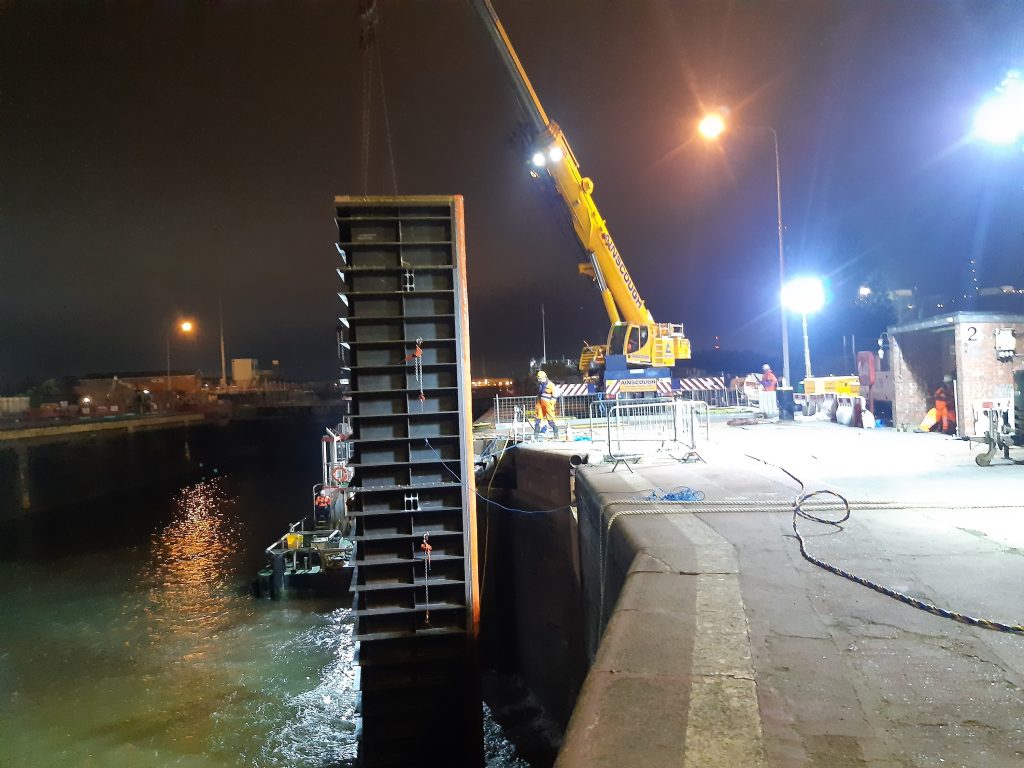
We have designed, fabricated and installed various dams as part of wider construction projects that range from 2 meters to 18.5 metres tall, weighing up to 30 tonnes!

Temporary Cofferdams
What is a Temporary cofferdam? Temporary cofferdams are structures that temporarily isolate submerged work areas to allow for the draining of construction areas.
After these areas are drained, the permanent works can be undertaken in dry conditions. They are usually constructed out of a steel or aluminium frame system and a waterproof geo-membrane fabric, although we also have experience of dewatering working areas for long construction periods using gravel filled dumpy bags, capable of withstanding up to 6m of water in tidal and river environments.
Containment Bunds
What is a Containment Bund? A containment bund is designed not to completely dry out the area but instead to contain the water and sometimes silts that are generated during the permanent works construction activities.
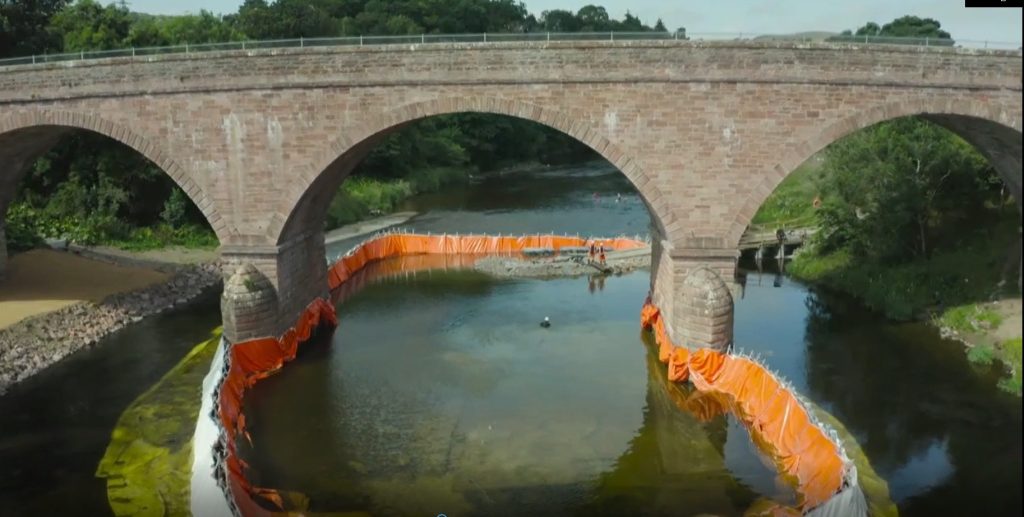
This water can then be treated and continually recycled throughout the works ensuring that no suspended sediments are discharged into the watercourse during the works. This method of temporary works is used if for instance, the expected water depth design parameters of standard frame dam systems are likely to be exceeded or if the invert conditions aren’t likely to allow a water-tight seal to be created, making it difficult to work within a dewatered working area. Our multi-skilled operatives are then able to work within this containment bund to install the permanent works through in-water working and/or diving operations.
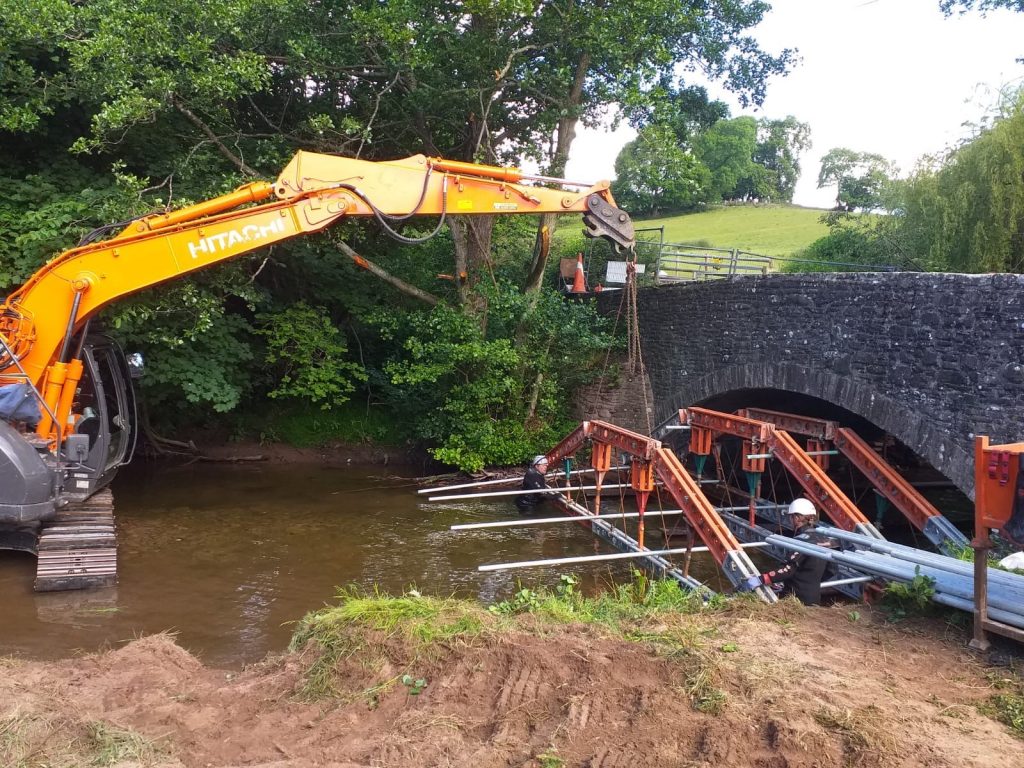
Temporary Structures
The reactive nature of some schemes sometimes require a temporary works solution to be installed to support structures that are already deemed at risk of collapse. We have a great depth of experience in the development, design and installation of bespoke methods of supporting such structures, whilst also ensuring that in some cases, the systems can be installed safely and without the need for operatives to work beneath these structures and at risk during their installation. This then enables our operatives to carry out permanent work repairs in a protected environment, with due thought being made to river flow conditions and surrounding ecological impacts.
Our Award winning project, Escob West Bridge rehabilitation, is an excellent example of our successful innovative temporary works. You can read about it here
High-Capacity Flow River Crossing
What is a high-capacity flow river crossing? A high-capacity flow river crossing is a method of providing a safe means of access to the working area, that may be in the span of a watercourse and not directly accessible via the embankments.
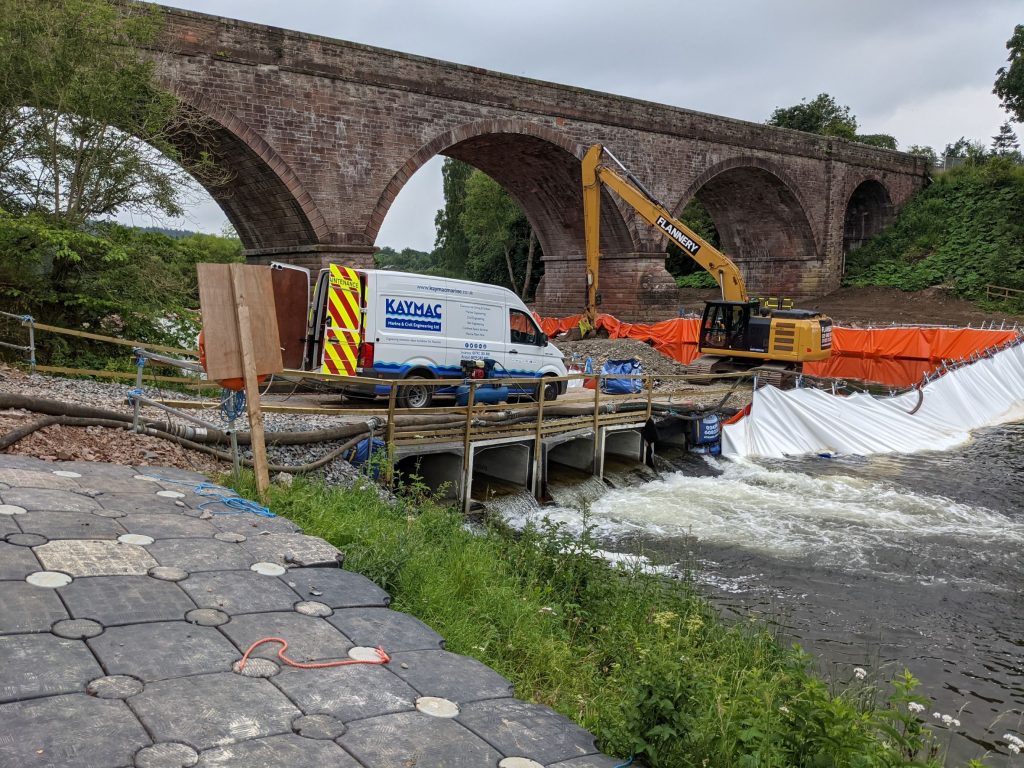
Kaymac thinks a little differently when it comes to controlling water, and we have successfully used pre-cast concrete culverts or large-diameter pipes to bypass water effectively. They allow the passage of water to flow almost unrestricted and also permit migratory fish and other species to travel upstream unhindered throughout the works.
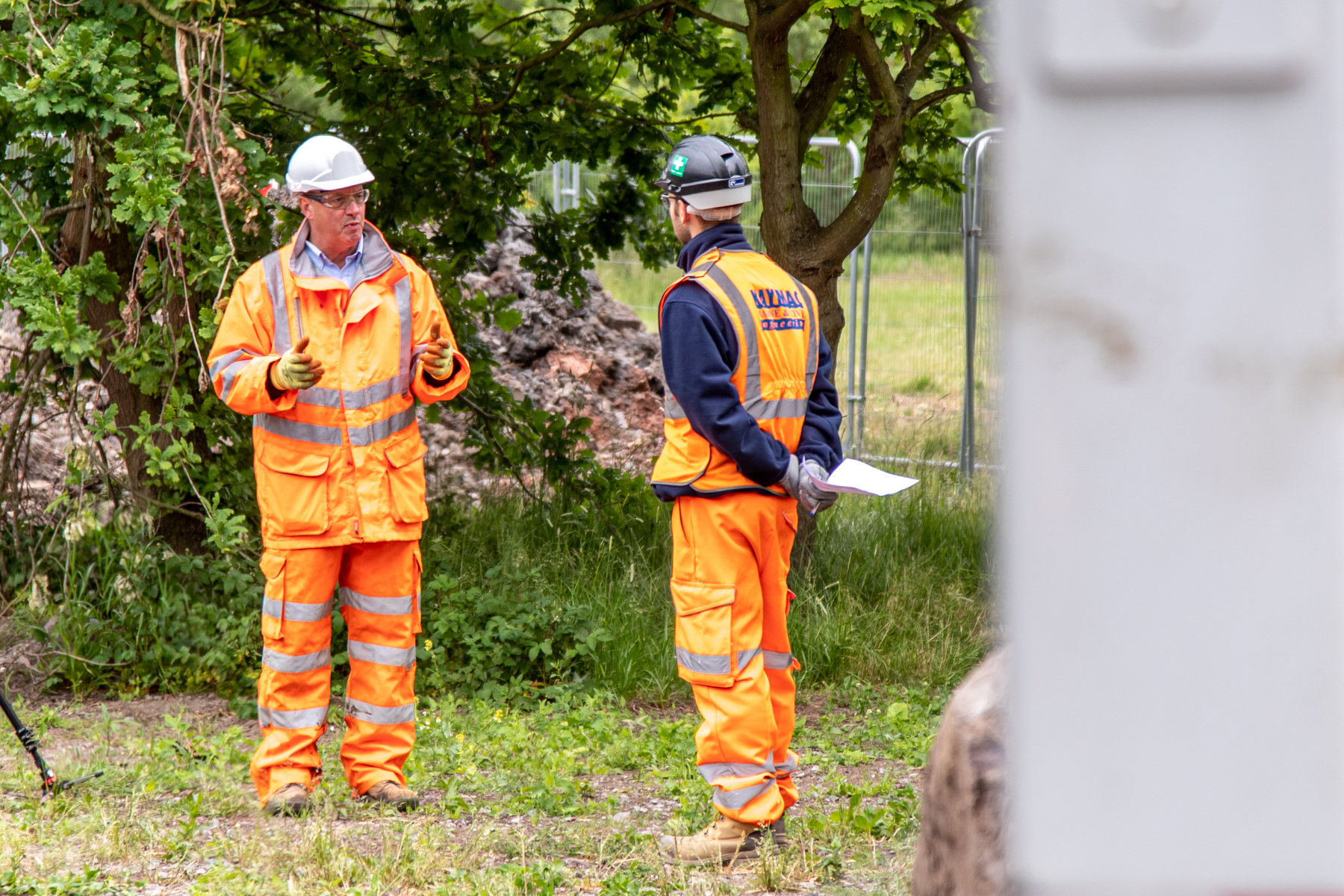
Protecting the Environment
All of our projects are planned and executed to ensure minimal impact and disruption to the surrounding environments. We have in-depth knowledge and experience of working within environmentally sensitive areas and locations, alongside an excellent relationship with the local statutory bodies across Wales, England and Scotland. Our works are delivered using practical pollution-controlled measures and we actively promote the benefits and advantages of clear and open discussions with the statutory bodies during the planning stages of a project and throughout the delivery.








